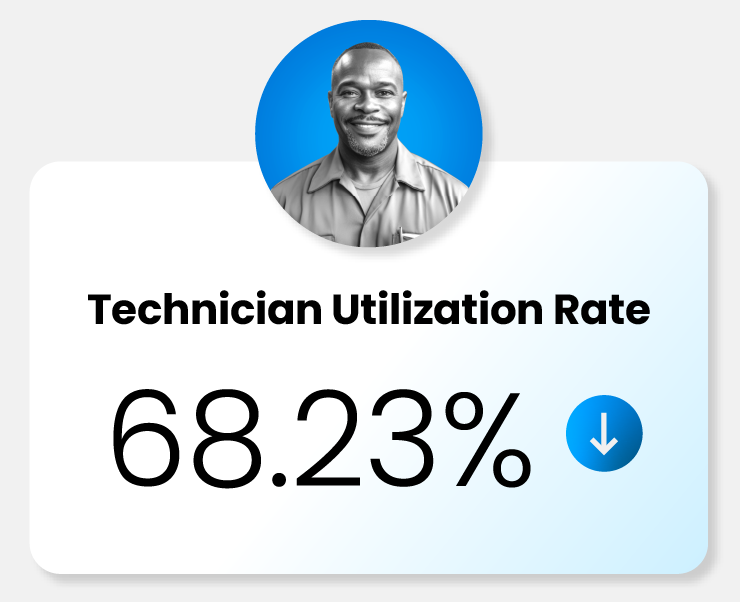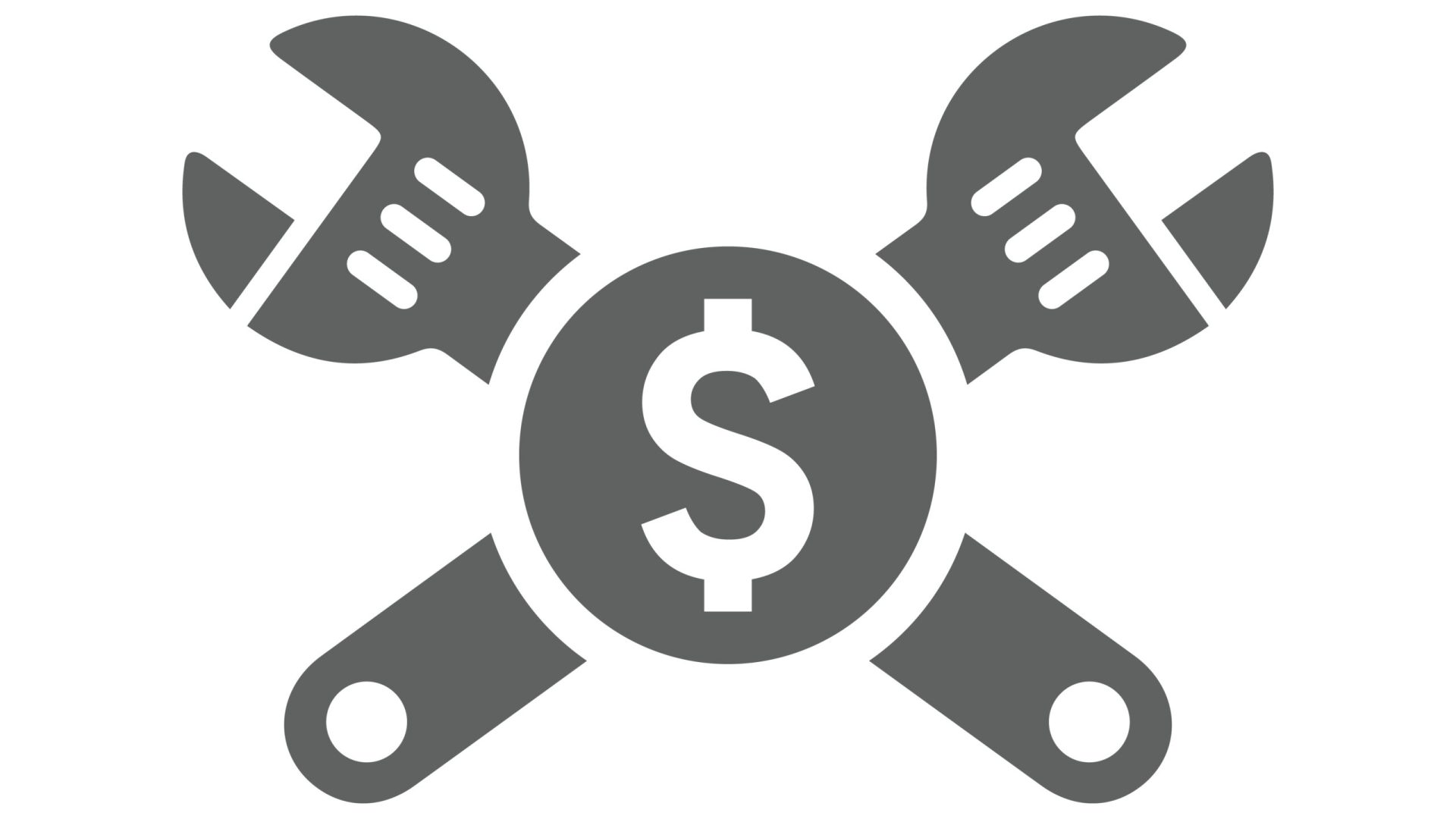Running a profitable, successful property management business is no small feat. There are housing units to be cleaned, shown, filled with new residents and turned over at the end of leases. There are lease agreements to craft, rent payments to collect, and utility and property tax bills to pay. Not to mention, conducting regular and preventative maintenance on all your properties. It is no surprise that property maintenance affects your bottom line
And that’s just when business is running smoothly. What about when things go wrong?
Though it gets much less attention than vacancy rates, rent prices or property tax bills, the impact of a maintenance operation on a property management company’s bottom line is hard to overstate. You don’t need to take our word for it, though. The proof is in the data-driven, Property Meld pudding.
Analyzing the cost of your maintenance team
Every business and each market they operate within is unique. Nonetheless, some general rules of thumb apply regardless of the situation.
For one, no matter how small or large your company and maintenance operation is, you should always strive to find a balance in staffing that allows you to adequately address the cascade of maintenance jobs during the busy season, while avoiding overstaffing during the slow season that drains your company’s bottom line.
If you use an internal maintenance crew, you need to have an accurate idea of each technician’s utilization rate, which measures the percentage of time a technician spends their time physically working on maintenance issues (anything below 80% should raise red flags).

If your company uses a mix of internal and external technicians, the goal should be to only use external technicians during the busy season, when the spike in maintenance issues has the potential to overwhelm the capabilities of your internal staff.
Of course, there’s a lot to consider before deciding to build an internal maintenance team. For example, if there’s not enough work for the employees during the slow season, layoffs may be necessary or you’ll risk paying the crew more than what they bring in. There’s also the task and cost of hiring and training new employees, be it to staff the crew at the start, or to staff it with temporary employees ahead of the busy season. Overall, as a general rule, external technicians should only be used as a tool of last resort, given their generally higher cost on a per job basis.
We‘ve found the largest constraint on a maintenance operations’ capacity is oftentimes the maintenance process itself. In other words, if your process isn’t streamlined, it’s limiting your crew’s ability and efficiency, and ultimately affecting your bottom line.
Here are some tips on how to optimize your operation, according to our data:
- If your operation is organized departmentally and thus has dedicated maintenance coordinators to supervise and direct the maintenance crew, coordinators can manage maintenance for up to 1,500 units and should manage no less than 300 units.
- A coordinator’s capacity is largely dependent on the technology/software used by their company. Basic accounting systems help but automated maintenance software like Property Meld greatly increase the capacity of coordinators and companies.
- If your operation is organized in a portfolio-like setup with each property manager responsible for their individual unit/building/complex, they should spend no more than 28% of their time on maintenance operations.
So, can you accurately and honestly gauge the cost of your maintenance operation, and whether it represents a gain, or a drain, on your business? If not, you’re setting your business up for failure.
Reap the revenue
Once you clearly understand the cost of your maintenance crew/operation, the same must be done for the opposite side of the ledger: revenue.
Coordinating and completing maintenance repairs can be quite costly, no matter if your crew is internal or external. But for most property management businesses, the exact cost of such work is unquantified. As a result, there is little understanding of how much revenue needs to be generated to break even or, in a well-designed maintenance operation, become profitable. Even less understanding exists on the various methods you can use to raise revenue and offset the cost of a maintenance crew. But our analysis of the data and business best practices can help point you in the right direction.
One solid strategy for recouping the cost of maintenance is to incorporate a property management maintenance fee into lease agreements. This fee can be set ahead of time and be collected on an annual basis, or it can be determined at the end of the lease and calculated as a percentage of the total repair costs for each unit.
In other words, if one resident keeps plugging the sink or breaking their deadbolt, you can assess a fee from a percentage of the overall cost of the repairs — parts, labor and time spent coordinating the work — to your company. Of course, it may be prudent to assess whether recurring maintenance issues are more related to the age/condition of the unit(s) than the behavior of the resident(s), and adjust your fees as a result. But, if one resident demands more work, time and resources from your maintenance crew and it’s clearly a result of their behavior, it’s fair that they be charged for the increased burden.

Another solid strategy to boost revenue — and cut costs — is to build your own internally managed maintenance crew. Repair jobs completed by an internal team not only cost less than using third party, external vendors. The crew also provides your business with a dedicated team that can always be on-call, will always prioritize your company’s needs, and that can, during slow seasons, conduct the kind of preventative, routine check-ups that help dodge emergency issues and resultant sticker shock repair jobs.
If you decide to build an internal maintenance crew, we recommend measuring its performance by calculating the utilization rate and billable rate. Without understanding and using these measurements to gauge the effectiveness of your crew, you risk wasting all the time and money spent building the crew.

The performance of your maintenance operation is critical to the overall health of your property management company. By understanding your maintenance operation more deeply, you can create a system that minimizes costs, raises revenue, and results in an operation that leaves residents and investors alike happy.
But the effects of your maintenance operation on your property management business extend far further than just the dollars in and dollars out on your accounting ledger. Its performance directly correlates to resident retention, which directly translates to profitability and investment return. In Part 2, we’ll discuss how.
Want to learn more? Click here to see a demo.






